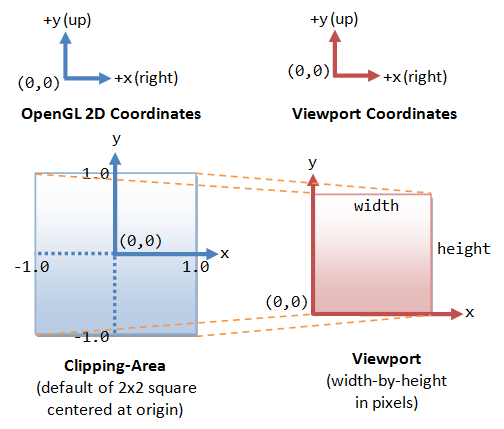

- HOW TO KEEP TRANSLATE WITHIN BOUNDS JAVA LWJGL HOW TO
- HOW TO KEEP TRANSLATE WITHIN BOUNDS JAVA LWJGL UPDATE
- HOW TO KEEP TRANSLATE WITHIN BOUNDS JAVA LWJGL CODE
For example, if you need to loop over every element in an array or Collection without peeking ahead or behind the current element. They are best used when the step value is a simple increment of 1 and when you only need access to the current loop element. The downside is that you have no control over the step value and no access to the loop index inside the loop body.
HOW TO KEEP TRANSLATE WITHIN BOUNDS JAVA LWJGL CODE
The advantage is that there is less code to write and less variables to manage.
HOW TO KEEP TRANSLATE WITHIN BOUNDS JAVA LWJGL HOW TO
How to Iterate over a Set/HashSet without an Iterator? Enhanced For LoopĮnhanced for loops (aka for-each or foreach loops) are a simplified version of a for loop. Java Programming Tutorial – 22 – for Loops (YouTube)


Java for loops are structured to follow this order of execution:Ģ) boolean condition – if true, continue to next step if false, exit loopĥ) repeat from step 2 (boolean condition) For example, when looping over an array of numbers you will need to loop over as many times as there are elements in the array. For Loopįor loops are best used when you know how many times you have to loop over something. Throughout this tutorial, we’ll be referring to these concepts as we introduce each loop.
HOW TO KEEP TRANSLATE WITHIN BOUNDS JAVA LWJGL UPDATE


 0 kommentar(er)
0 kommentar(er)
